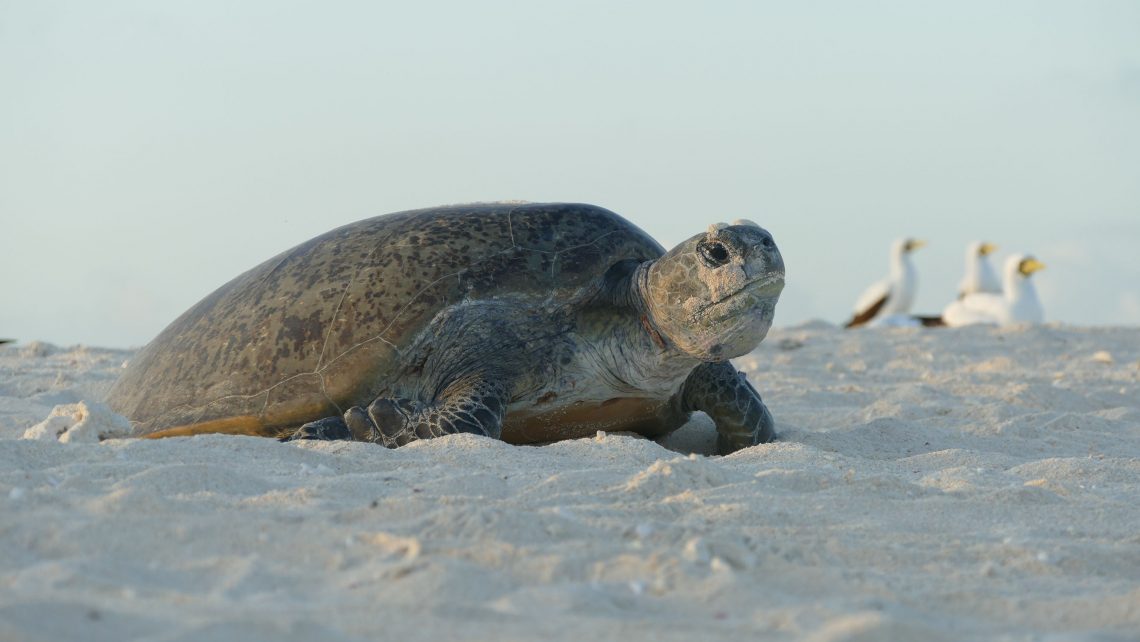The Coral Sea Marine Park is one of the largest marine parks in the world, covering just under one million km². The coral reefs in the marine park are scattered like tear drops in the vast blue ocean and make up around 1% of the total area. Isolated cays, sandy fragments of rock and coral, are stepping-stones in the vast Coral Sea, making them important nesting and resting places for the region’s seabirds. Humpback whales also pass through the marine park on their annual migration to their feeding grounds in the Southern Ocean. This marine park has a wild, pristine beauty you won’t find anywhere else, along with extraordinary marine life and unparalleled diving, sailing and fishing.
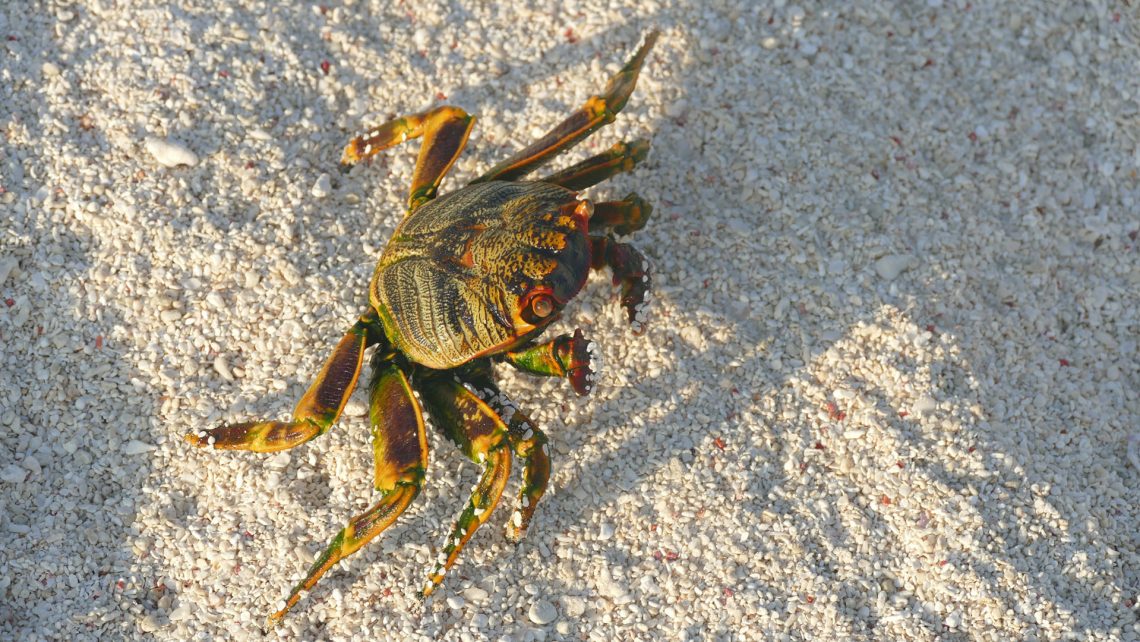
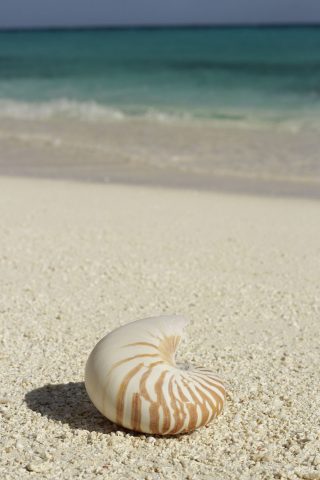
Isolated cays of the Coral Sea Marine Park
Coral reefs throughout the marine park support unique coral and reef fish communities that are distinct from those of the adjacent Great Barrier Reef. They are more closely related to reefs in the Tasman Sea to the south (i.e. Elizabeth and Middleton Reefs, and Lord Howe Island), and nations on the eastern border of the marine park (New Caledonia, Vanuatu and the Solomon Islands).
The Falkor is heading to the Coral Sea Marine Park’s southern reefs on this voyage, visiting Kenn, Wreck, Cato and Frederick Reefs. The first three of these reefs are part of the Tasmantid Seamount Chain which consists of over 16 extinct volcanic peaks rising over 4,000 m from the seabed. Frederick reef is part of the Marion Plateau. Both areas were identified through the marine bioregional planning process as key ecological features of the Coral Sea Marine Park.
The reefs have relatively high cover of staghorn (Acropora) and birdsnest (Seriatopora) corals and a large variety of other coral species. Rabbitfishes, parrotfishes and some farming damselfishes are common here also. Sea snakes are abundant on all the southern reefs whereas they are rare in the northern and central areas of the marine park. All of these reefs are quite isolated and independent reef systems, that depend largely on self-recruitment for replenishment and resilience.
Almost all the cays in the marine park are in their natural state, with no signs of human presence, providing important breeding and foraging areas for seabirds. Cato and Frederick Reefs are the only reefs in the south of the marine park with any signs of human use, with two unmanned weather stations helping the Bureau of Meteorology monitor the weather and provide early warning to Queensland of cyclones that often pass through the Coral Sea on their way to the mainland. These stations also provide essential real-time weather reports to the few boats and yachts that visit the area.
The sounds of the seabirds drift out into the wild blue yonder from the islands and every dusk sees thousands of birds returning to their nests to feed their young. The islands hold a vast array of bird species including boobies, terns, noddies, lesser frigatebirds and shearwaters. Nesting green turtles visit the islands during the nesting season from November to January each year. Some cays have unique plant communities, such as Argusia and native grasses, but even the unvegetated cays host seabirds and turtles nesting in the sand.
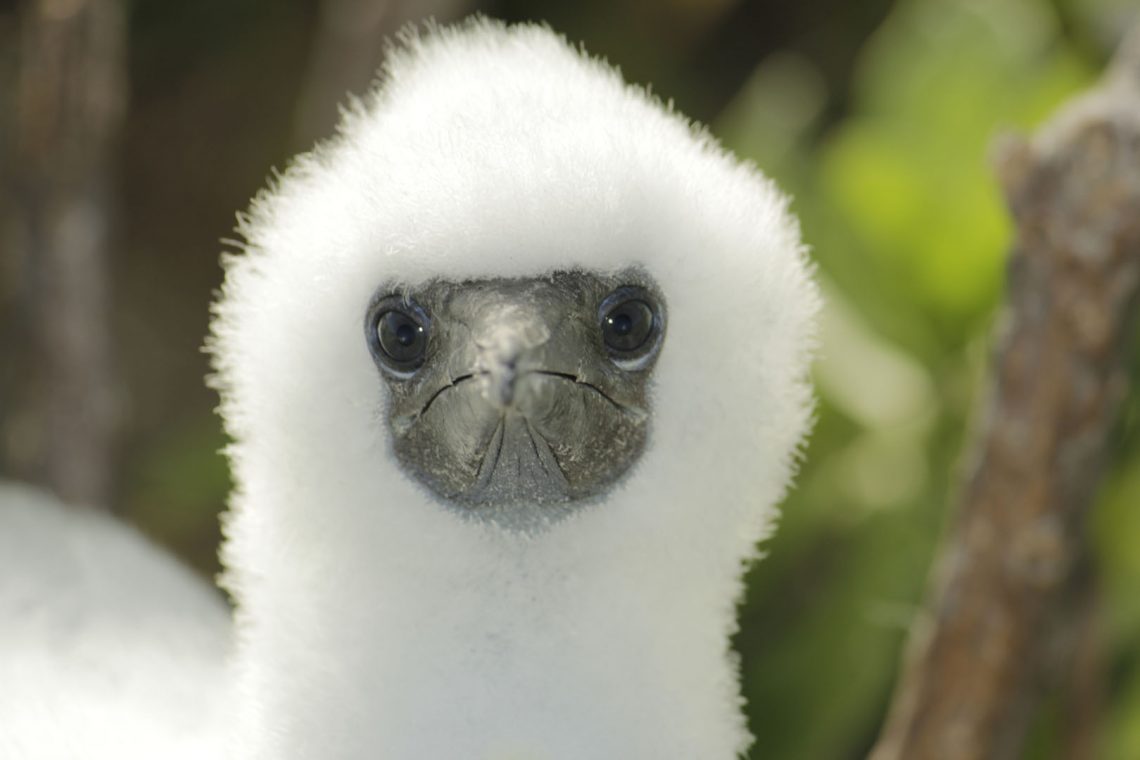
History
The Coral Sea Marine Park has come a long way since the mid-1800s when the islets were mined for guano by the Anglo Australasian Guano Company, and some islands were set up as whaling stations.
The marine park is managed by Parks Australia and was declared a Conservation Zone in 2009, recognizing the international significance of its physical, ecological and heritage values. In 2012 it was proclaimed as a Marine Reserve and in 2018, the first management plan for this area was put in place to ensure the waters and reefs of the marine park are protected for generations to come. Mining and mining operations such as pipelines are prohibited in the Park. A zoning plan is in place which provides different levels of access for commercial industries such as tourism, fishing, shipping, and aquaculture along with managing access from researchers and recreational users.
The reefs also have many shipwrecks with Wreck Reef having two historical shipwrecks (the HMS Porpoise and Cato wrecked in 1803) that are protected as historic wreck sites.
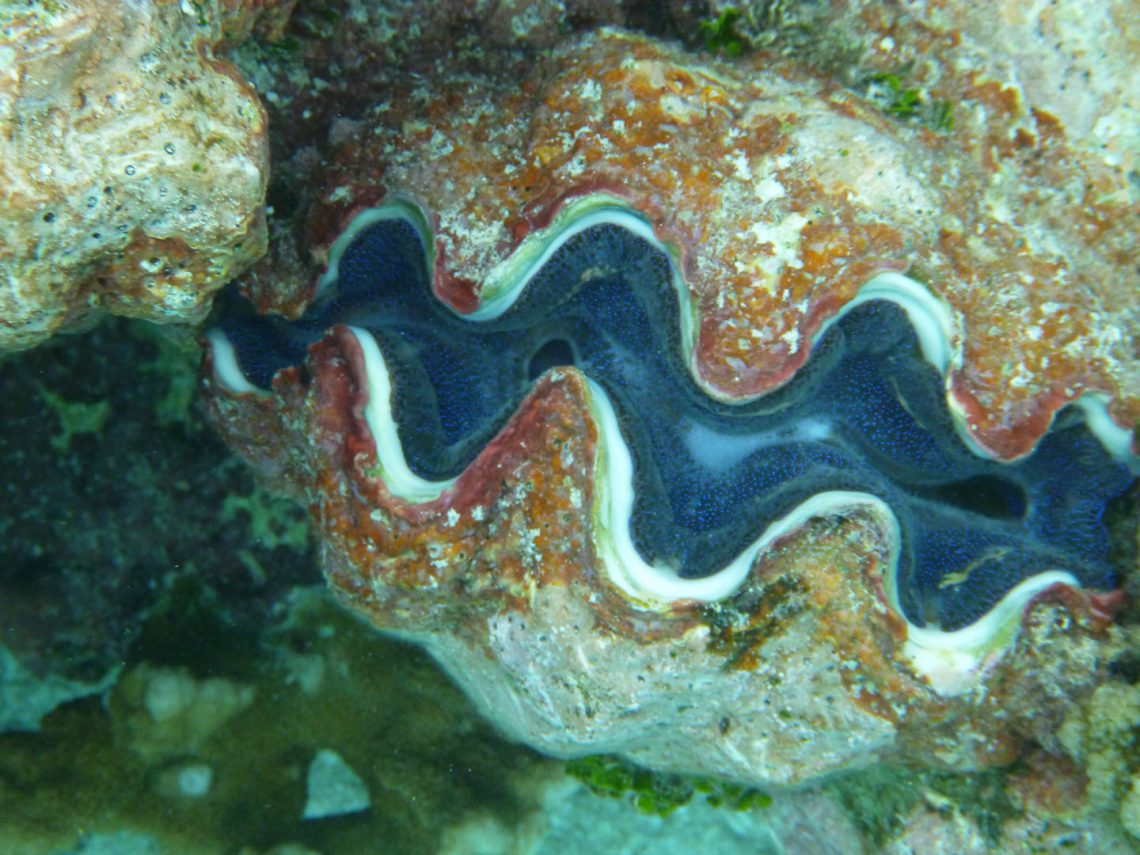
Voyages of discovery
The Coral Sea Marine Park offers a valuable scientific reference site due to the low levels of impacts and pressures from human use. It is close to the global centre of coral reef biodiversity, the Coral Triangle, and hosts over 340 marine species that are recognised for their conservation significance by the International Union for the Conservation of Nature.
Research by the Falkor team, other research organisations, state and federal agencies, and universities are expanding our knowledge of this vast and amazing wilderness. We are learning more and more about this incredible environment and look forward to the new knowledge that will be coming in from the voyage by the Schmidt Ocean Institute.
